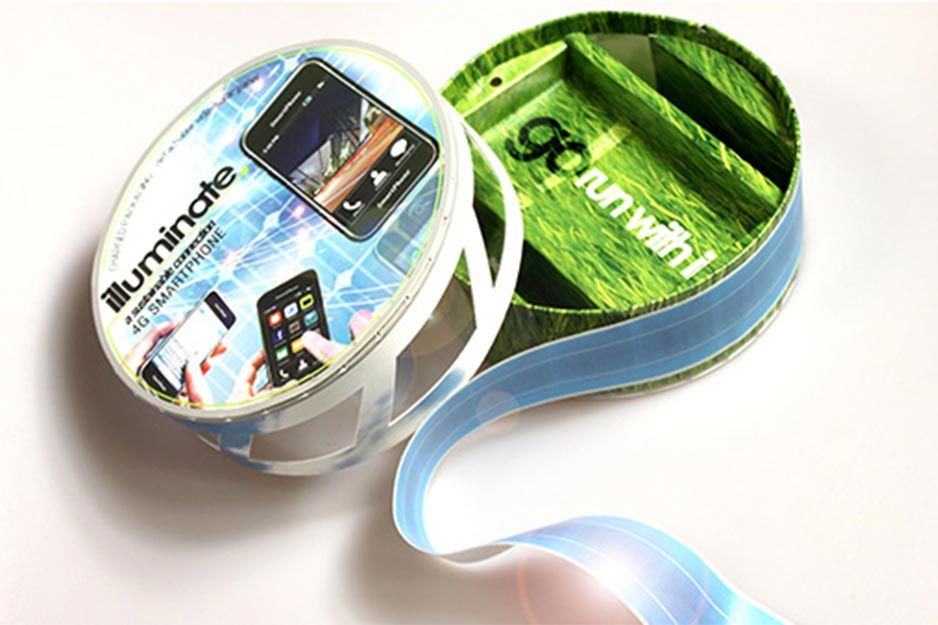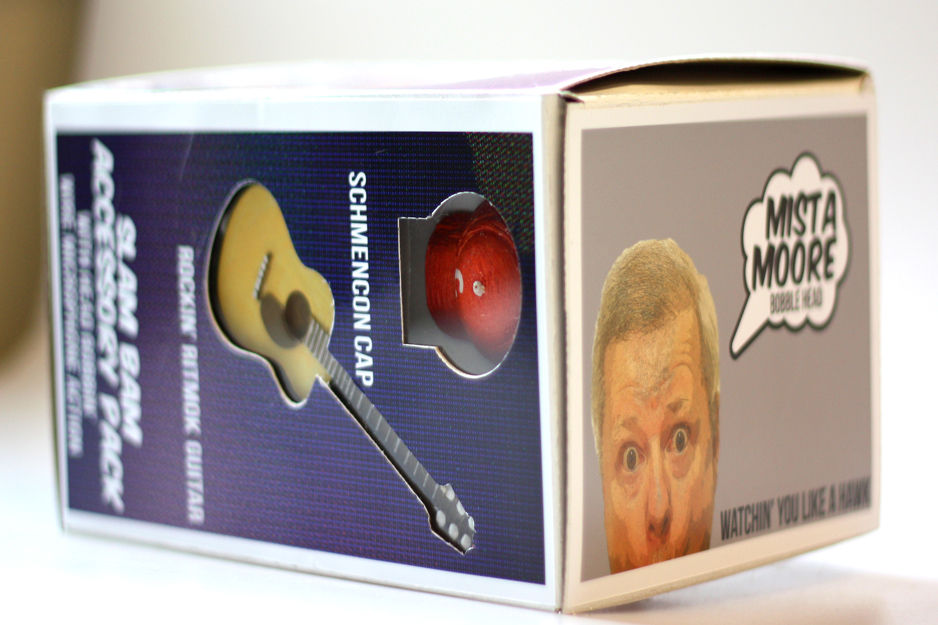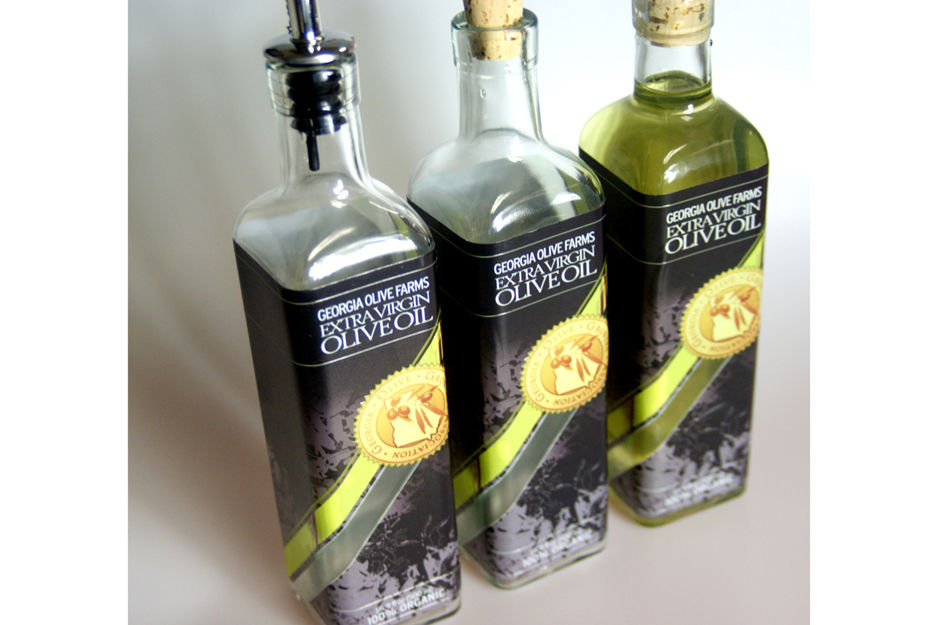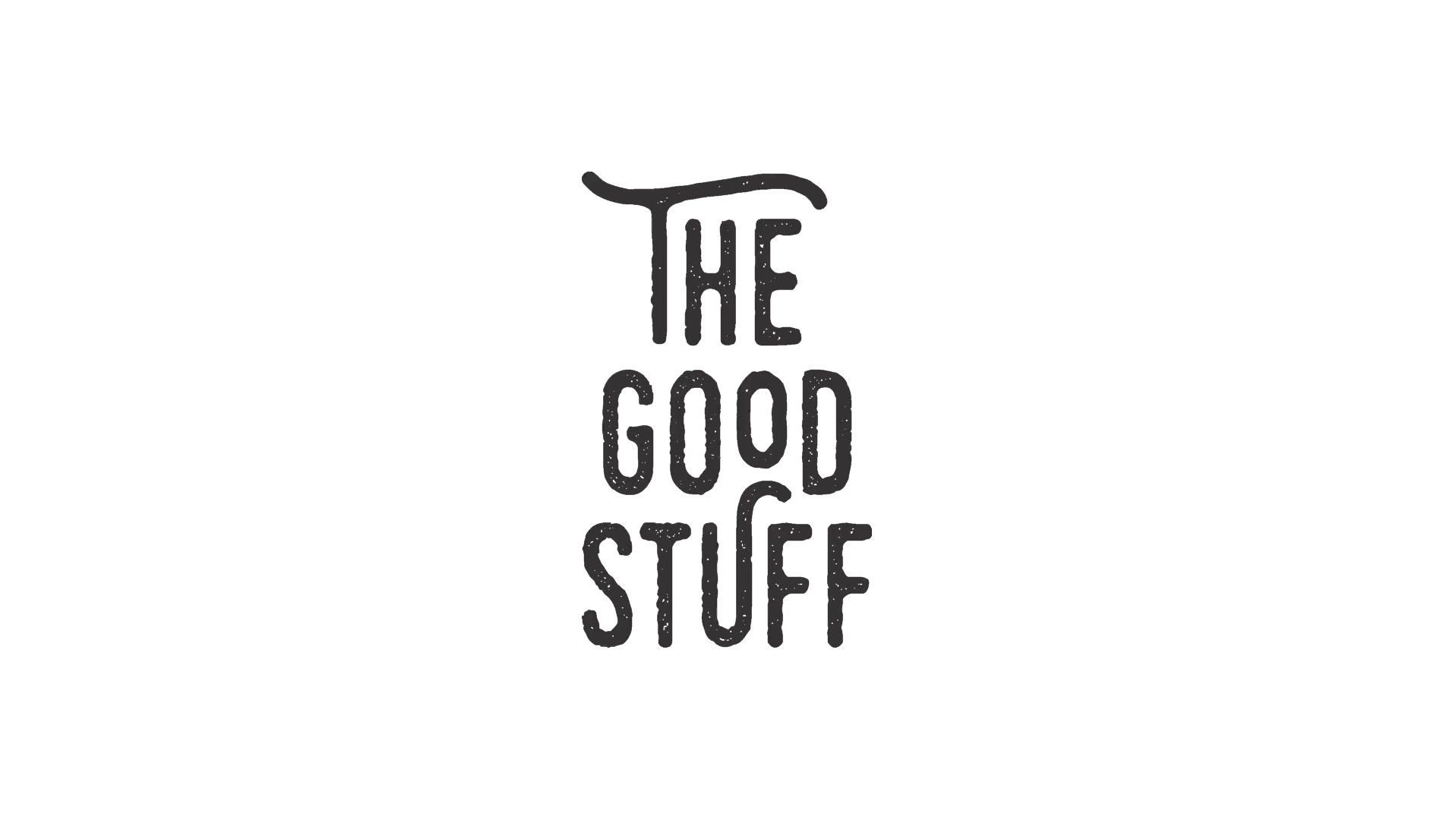Graphics at Clemson University
The Sonoco Institute of Package Design & Graphics | Clemson, South Carolina
What makes packaging appealing to consumers? Why do certain colors, textures and graphics generate interest while others get passed over? The Sonoco Institute of Package Design & Graphics at Clemson University in Clemson, S.C., exists to help answer questions like these. Each year, its faculty instructs more than 200 students in the basics and not-so-basics of packaging design. "The Institute provides everything we need to teach students the packaging development process from concept to tested product," said R. Andrew Hurley, an assistant professor of Packaging Science housed at the Sonoco Institute.
The Institute is headquartered in the newly built Harris A. Smith building, equipped with state-of-the-art facilities, including a cutting-edge prototyping lab. Among the lab's high tech equipment is a Roland DG VersaUV LEC-330 30-inch UV inkjet printer/cutter. "The VersaUV is our 'go to' machine for unique packaging prototyping," said Hurley. "Students use it to quickly and accurately execute their designs on virtually any roll-stock substrate."
Students at the Institute come from more than 15 disciplines, including graphic design, graphic communications and industrial design, as well as engineering, organic chemistry, and even women's studies. Hurley teaches eight classes throughout the year, encompassing three levels of Packaging Science as well as a creative inquiry seminar.
"Our students are interested in developing real packaging for real applications," said Hurley. He and his students value the VersaUV for its ability to print on a wide range of substrates, creating prototypes that are virtually identical to full production packaging. They have run projects on plastic bagging material, thermofoam, corrugated cardboard, and several types of paperboard. "Students leverage the VersaUV's capabilities to run multiple iterations and determine what works best for their project," said Hurley.
"The VersaUV fits in perfectly with our curriculum," said Hurley. "The students see results almost instantaneously."
The results, said Hurley, are "stunning." Using the VersaUV's CYMK plus white and clear inks, students can reverse print with a basecoat of white ink, produce full-color images, and finish each project with unique patterns, textures and varnishing effects using layers of clear ink. "Elaborate textures and effects like these would be very expensive to simulate on other equipment," said Hurley. "The VersaUV allows our students to raise their level of professionalism and productivity."
Along with traditional packaging applications, students use the VersaUV to generate innovative and occasionally even patentable packaging products. In one class, students designed and printed board games. In another, students created USB drives with a paperboard package. A third group of students is now working with the University on a patent for their project: They created circuit boards through a silk screening process, then ran them through the VersaUV to add printed graphics. The result? A kids' meal container that lights up when you move the included toy across the package graphics.
Over the past two years, approximately 600 corporations have worked with the Institute's faculty and staff to train their employees in digital design, as well as to take advantage of the Institute's comprehensive packaging design and testing process.
The Institute's design and testing process begins with faculty and students working collaboratively with corporations to develop specific packaging designs and prototypes. Next, the Institute uses its own fully-stocked grocery store to test the effectiveness of the packaging. Prototypes are placed next to competitors' products in the store aisles. Shoppers are given a list of products to purchase and are asked to wear eye-tracking glasses developed in the Institute's Eye Tracking Lab. As shoppers make their selections, the inward- and outward-facing cameras on the glasses record the movement of their eyes, giving researchers a window into their cognitive process.
Hurley's students rely on the VersaUV for its precision color matching and accurate registration to print realistic prototypes for their project work and for client companies. "I am completely amazed by this machine," said Hurley. "The VersaUV's resolution is much higher than any machine I've used. I can send more than 10 feet through it and print one layer and have it keep its registration for many layers."




